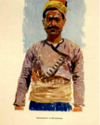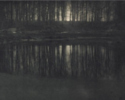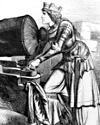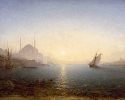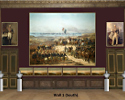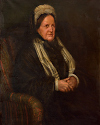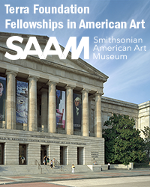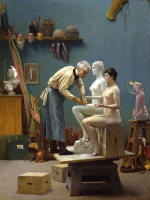X
Please wait for the PDF.
The browser will either open the file, download it, or display a dialog.
The browser will either open the file, download it, or display a dialog.

From 2012 to 2015, Nineteenth-Century Art Worldwide published six articles in its “Digital Humanities and Art History” series, supported by a grant from the Mellon Foundation. In this article, Petra Chu, Emily Pugh, and Elizabeth Buhe review the series and share their experiences working on these articles. They discuss the goals of NCAW’s DHAH initiative, present lessons learned, and share their insights into the influence of digital humanities methods and techniques in the field of art history.
This article examines the international work of the German draftsman, painter, and war artist Theodor Rocholl with a specific focus on his work in China, in the Ottoman Empire, and for Ottoman patrons. Rocholl’s deeply conservative and nationalist ideologies, known to us through an exhaustive autobiography, are largely at odds with the geographic and topical diversity of and empathy demonstrated for his artistic subjects. This study explores how this apparent tension was a product not only of the vicissitudes of Rocholl’s rocky career but also of a reluctant engagement with late imperial notions of Germany’s important role in the Near East and the prescient notions of cosmopolitanism that surrounded it.
This article reconsiders the role that Symbolist art and literature played in Edward Steichen’s polemics at the height of the pictorial phase of his career as a photographer. It examines Impressionist photographic theory, in particular as it was articulated by the British members of the Linked Ring Brotherhood, and compares that aesthetic to the artistic project developed in Steichen’s submissions to the Linked Ring’s Photographic Salon in London in 1905. Through references to American visual culture, to Auguste Rodin, and more obliquely, to the writings of Charles Baudelaire, Steichen’s submissions suggest that Symbolism played a central part in the photographer’s efforts to define and champion a specifically American brand of pictorial photography in the first decade of the 20th century.
Addressing British opinion regarding the Franco-Prussian War and the Commune, this article focuses on a series of allegorical caricatures by John Tenniel, published in Punch during 1870–71. Bringing salience to affinities between Tenniel’s outlook and opinion in Paris, the argument distinguishes between French imagery—produced with a personal stake in the conflict—and the caricatures of Tenniel, who observed from a vantage of geographic and emotional distance.
Félix Ziem was one of the wealthiest painters of the nineteenth century in France, and he even became the first artist to enter the Louvre Museum during his lifetime. This article explores the reasons for his success by analyzing his account book from 1850 through 1883.
This article reconstructs the plans for a room that is today virtually forgotten but was in fact a major nineteenth-century project: the so-called Salle de Crimée in Versailles, which only existed briefly and partially but sparked numerous commissions of paintings illustrating episodes of the Crimean War (1854–56) that were exhibited at the Parisian Salons of the 1850s and 1860s and gave rise to a new generation of military artists.



